Projects improve industry’s environmental performance and enable First Nations self-determination
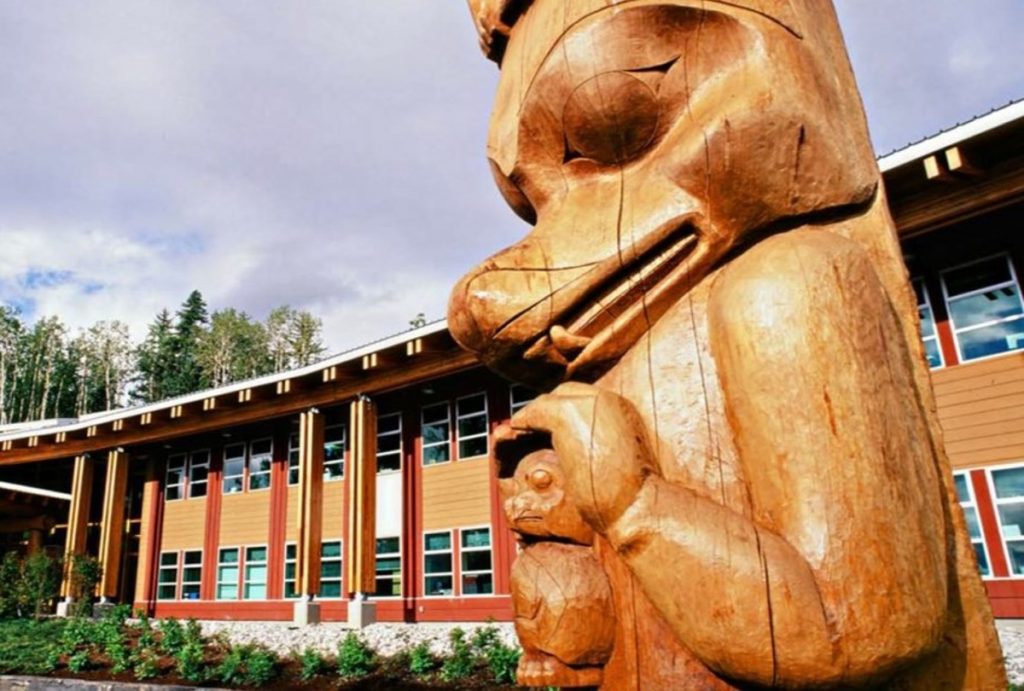
Follow CEC on Linkedin CEC Linkedin
Follow CEC on Facebook CEC Facebook
Follow CEC on Twitter CEC Twitter
A growing number of Canada’s Indigenous communities are becoming owners of oil and gas projects that can help reduce environmental impacts while lifting their members out of poverty.
More project ownership builds on momentum in the industry’s spending with Indigenous businesses.
“In my life now, I see so much conversation about the importance of Indigenous people sitting at the table of major projects and discussions. The conversation is with the major stakeholders, and that’s Indigenous people,” said Jordan Jolicoeur, president of Métis-owned Carvel Electric, during a recent webinar hosted by the Canadian Association of Petroleum Producers launching a new report about Indigenous engagement in oil and gas.
“Indigenous people have been here for tens of thousands of years, and when those projects leave, Indigenous people will still be here for hundreds of thousands of years in the future, so our voice is very important on the future of Canada. I believe that voice is being heard now, and that is a very large part of reconciliation.”
Indigenous communities involved in the resource sector have gained significantly more influence and benefits over the past 20 years, according to the Ottawa-based Macdonald-Laurier Institute (MLI).
“The trend in recent years has evolved towards nations asserting themselves as partners, owners and shareholders in resource development,” MLI fellow Heather Exner-Pirot wrote in a May 2021 report.
“This is often the most consequential way through which they can achieve economic self-determination and real leverage in how projects proceed, including having a more direct say in the environmental provisions of projects.”
Here are some current examples:
Northern Courier Pipeline
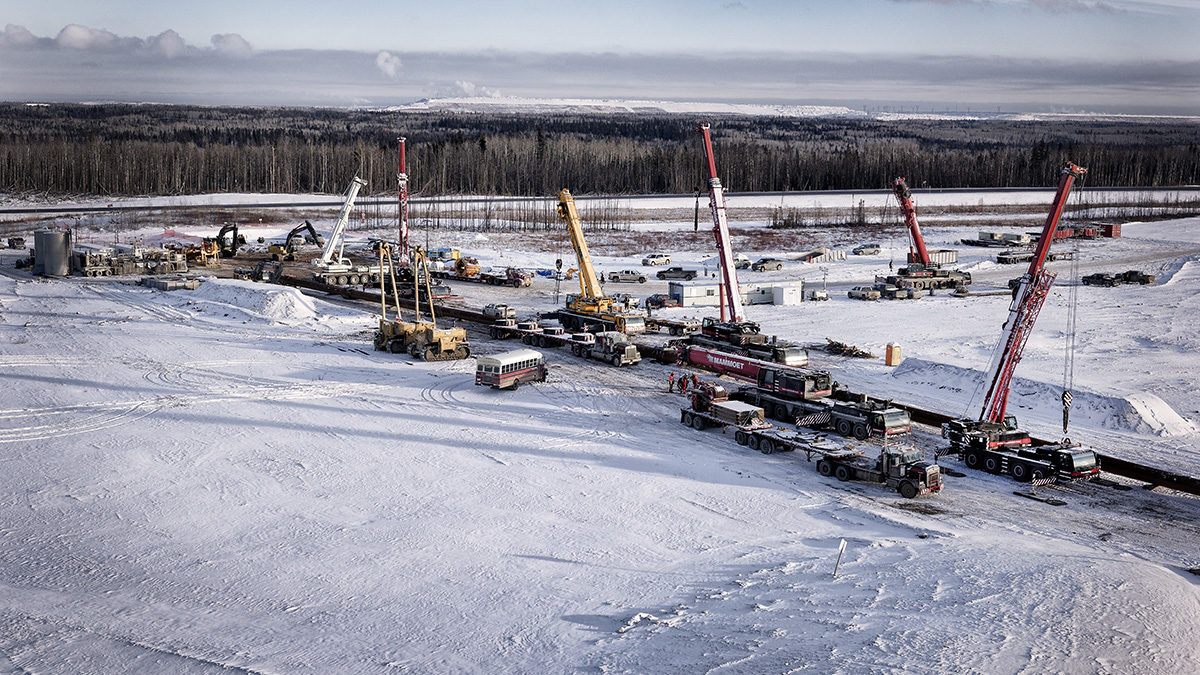
Indigenous communities: Athabasca Chipewyan First Nation, Chipewyan Prairie First Nation, Conklin Métis Local 193, Fort Chipewyan Métis Local #125, Fort McKay Métis Nation, McMurray Métis, Fort McMurray #468 First Nation, Willow Lake Métis Nation
Eight Indigenous communities in Alberta’s oil sands region have entered into a joint agreement with Suncor Energy to acquire 15 per cent ownership of the Northern Courier Pipeline, which connects Suncor’s Fort Hills oil sands mine to the project’s East Tank Farm.
The partnership between the company, five First Nations and three Métis communities is called Astisiy, a Cree word that means “thread made from sinew,” which is used in activities like Indigenous beading.
Athabasca Chipewyan First Nation Chief Allan Adam said the opportunity “represents an example of what is possible when Industry and Indigenous communities collaborate on economic reconciliation. Through embracing such partnerships long-term benefits are realized for the greater good.”
The group’s investment in the pipeline, supported by the Alberta Indigenous Opportunities Corporation, is expected to generate approximately $16 million in revenue annually for the communities for decades.
East Tank Farm
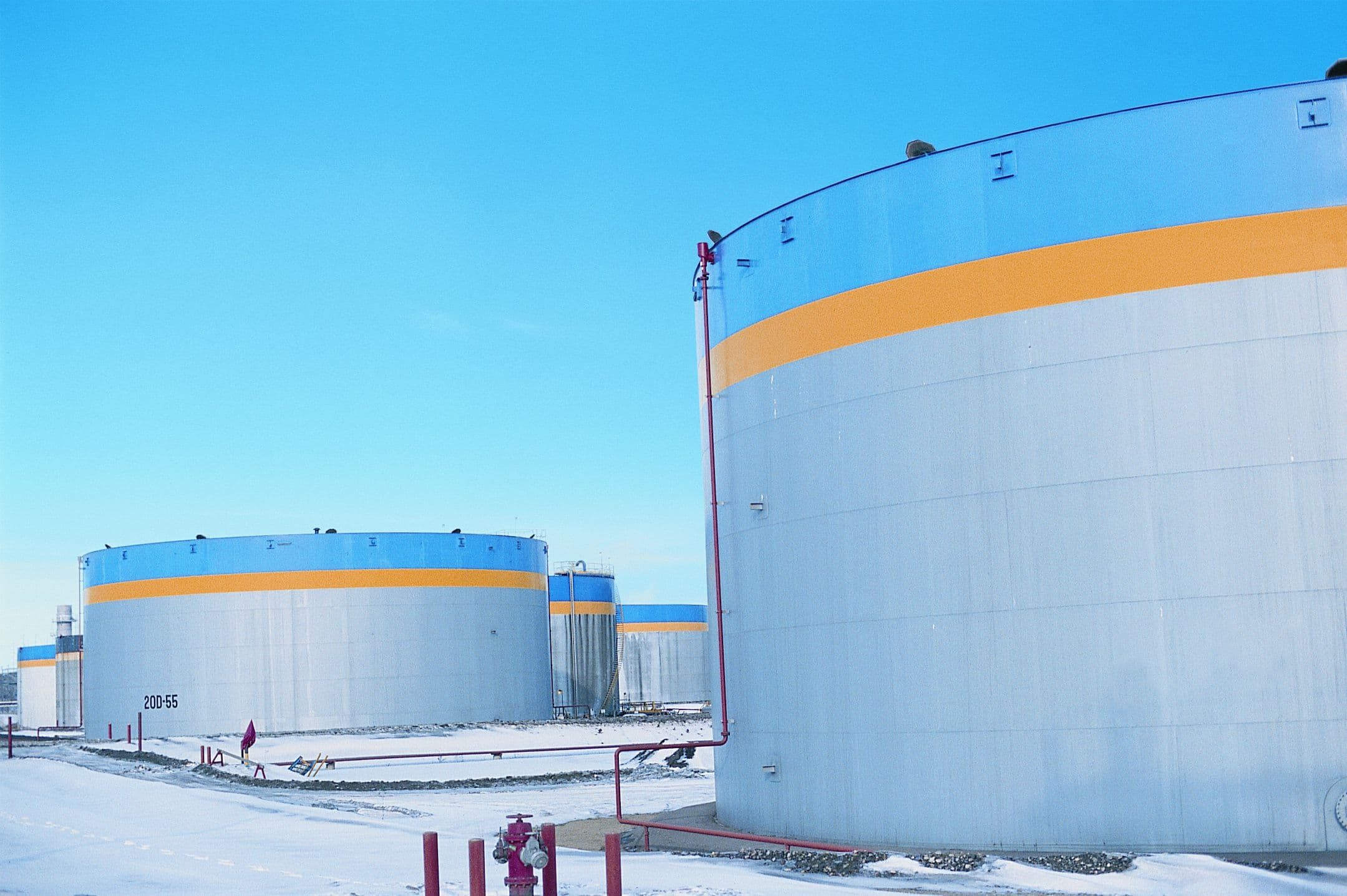
Indigenous communities: Fort McKay First Nation, Mikisew Cree First Nation
Also at Fort Hills, the Fort McKay and Mikisew Cree First Nations already own 49 per cent of the project’s East Tank Farm. Completed in 2017, the $545-million deal – initiated by the First Nations themselves – is one of the largest business investments to date by a First Nations entity in Canada.
The economic benefits of ownership include funding social programs, education and training, developing business capacity and building infrastructure, Mikisew Cree First Nation says.
Lindbergh Cogen
Indigenous community: Frog Lake First Nation
The Frog Lake First Nation near Bonnyville, Alberta owns a major piece of the Lindbergh oil sands project.
Through Frog Lake Energy Resources Corp., the community owns Lindbergh’s cogeneration plant, which provides the facility with heat and electricity generated from natural gas. It also exports electricity into the Alberta grid and contributes to the province’s efforts to phase out coal power.
Frog Lake generates monthly cash flows for the First Nation by leasing back the facility to Lindbergh owner Strathcona Resources Ltd. Its ownership of the plant is supported by the Alberta Indigenous Resources Corporation.
Cedar LNG
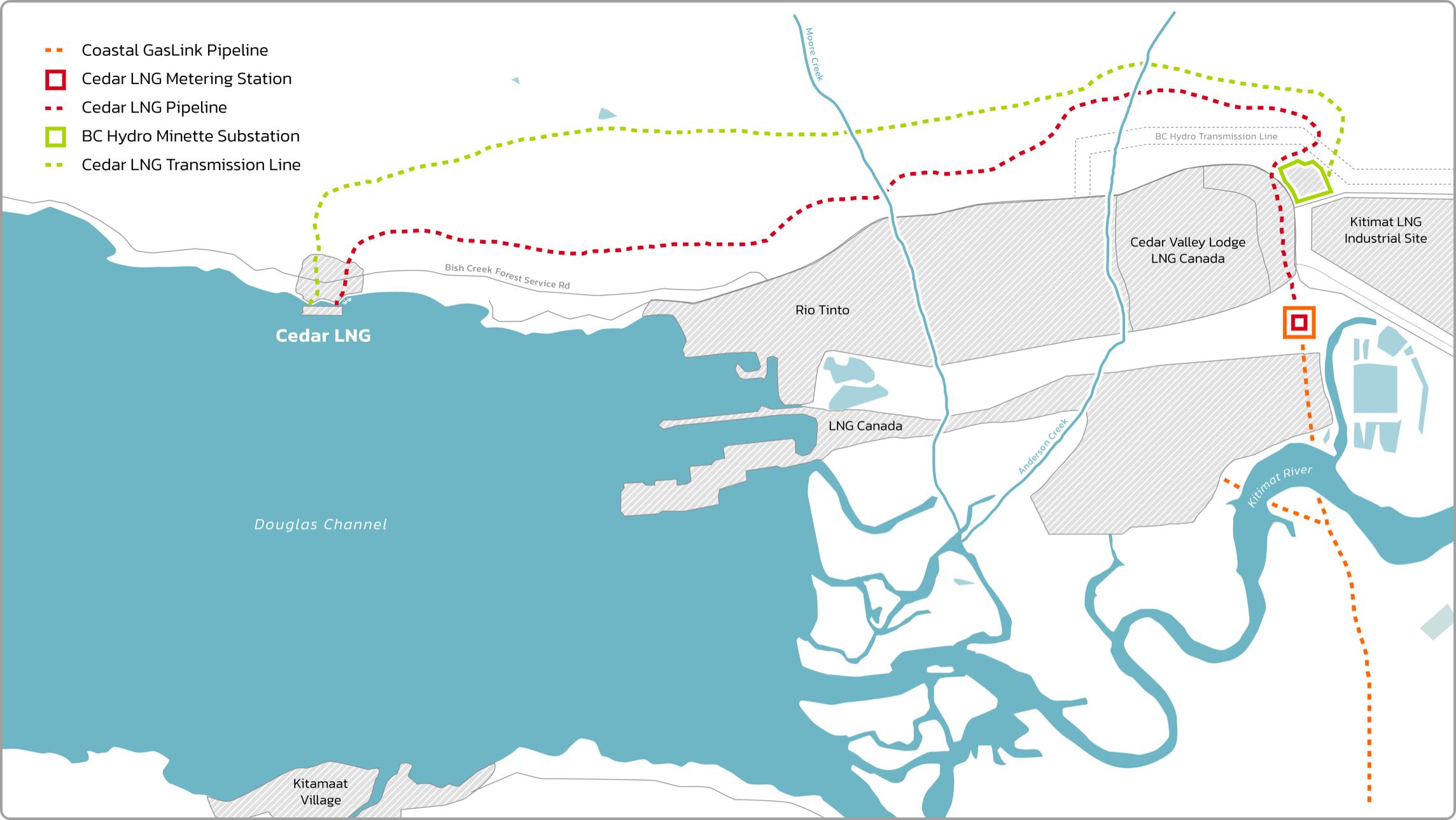
Indigenous community: Haisla Nation
The Haisla Nation on B.C.’s north coast is approximately 50 per cent owner of Cedar LNG, a proposed $2.4-billion floating export terminal that if built will be the largest First Nations-owned infrastructure project in Canada.
Cedar LNG got a push forward this June with Pembina Pipeline Corporation acquiring the remaining 50 per cent interest and announcing plans to invest about US$90 million over the next two years to work toward a go-ahead decision in 2023. Startup is planned for 2027, shipping LNG to Asian markets to help replace high emitting coal-fired power.
“The difference between Cedar and any other project is the huge equity piece and that ownership. I believe it’s what every First Nation in this country strives for – if not the world strives for,” said Haisla Chief Councillor Crystal Smith.
“It will bring tremendous economic opportunities and benefits, ensuring the Haisla people have control of our own future.”
Cascade Power Project
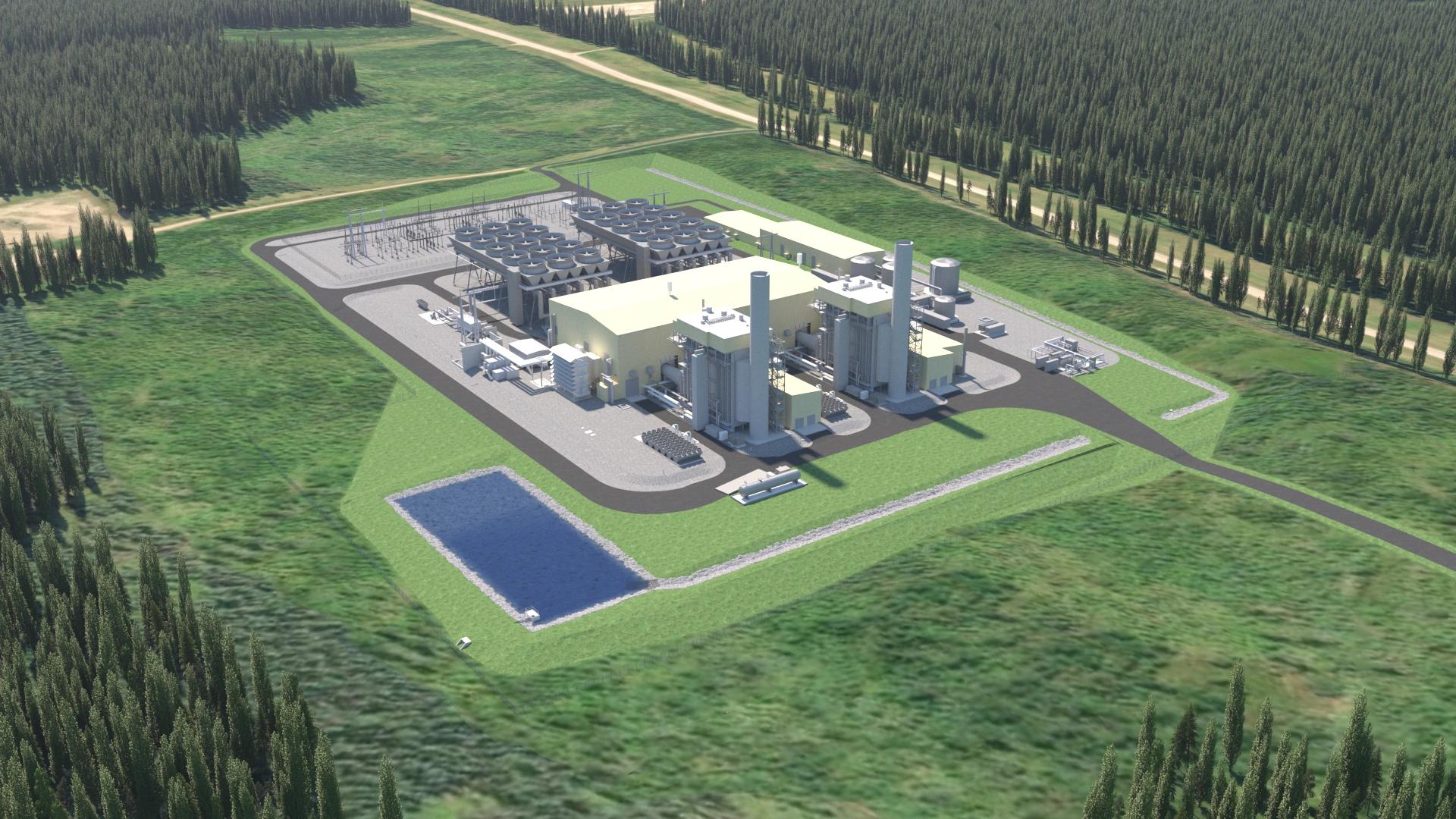
Indigenous communities: Alexis Nakota Sioux Nation, Enoch Cree Nation, Kehewin Cree Nation, O’Chiese First Nation, Paul First Nation, Whitefish Lake First Nation
A new natural gas-fired power plant being built with capacity to supply eight per cent of Alberta’s electricity requirements is partly owned by six First Nations communities.
The Indigenous Communities Syndicate is investing $93 million for an equity stake in the Cascade Power Project, operated by Kineticor Resource Corp.
Cascade is currently under construction and expected to start operating in 2023. Securing the deal, supported by the Alberta Indigenous Opportunities Corporation, is “transformational” for the First Nations communities, said Alexis Nakota Sioux Chief Tony Alexis.
Polaris Carbon Capture and Storage
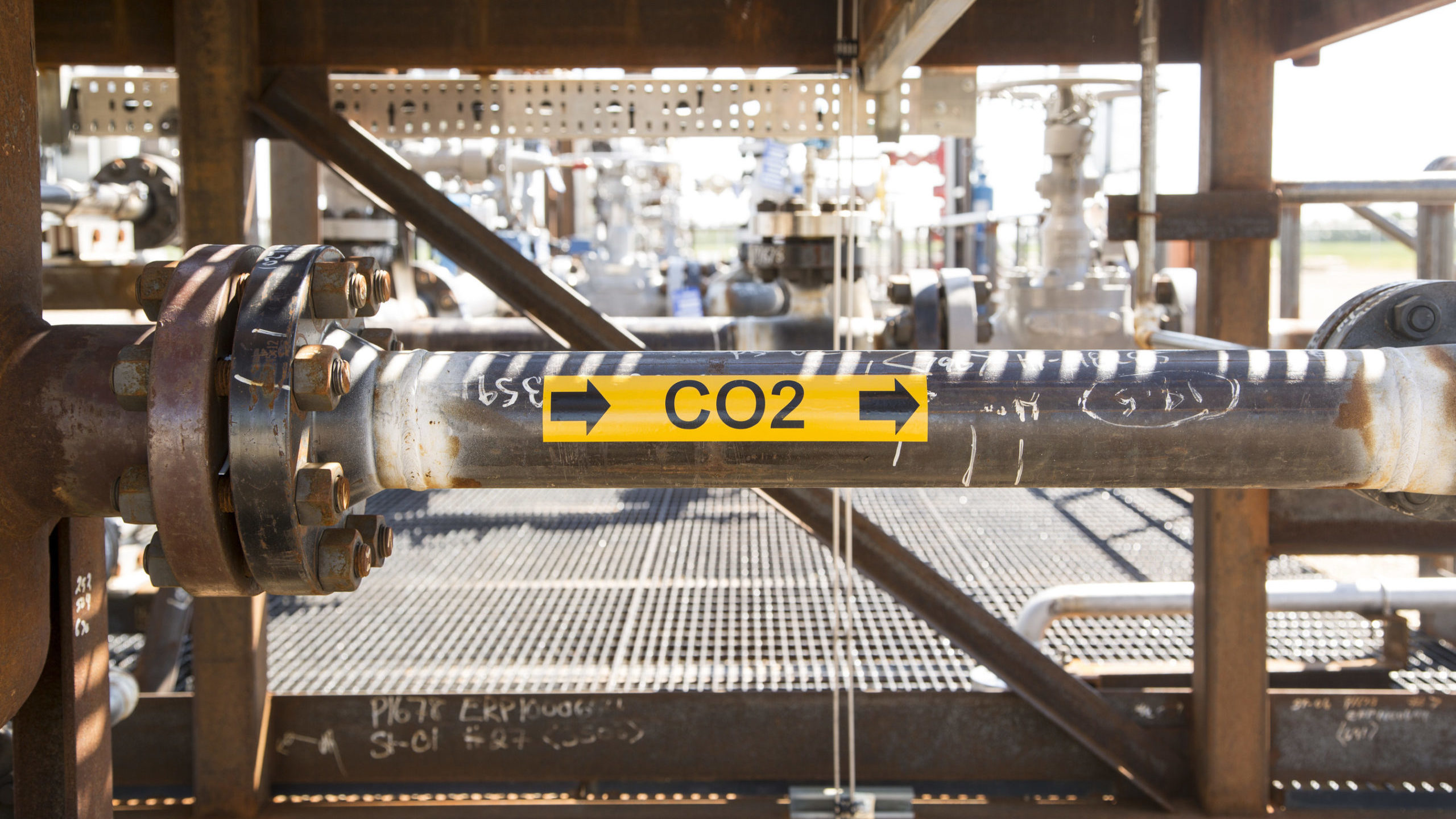
Indigenous communities: Reconciliation Energy Transition participants TBD, Papaschase First Nation
Reconciliation Energy Transition, an affiliate of Indigenous-owned Project Reconciliation, has entered into an agreement with Shell to add “material ownership for First Nations” in the company’s proposed Polaris carbon capture and storage (CCS) project.
Polaris would be Shell’s second CCS project in Alberta. Its first, called Quest, has successfully captured and stored more than six million tonnes of CO2 deep underground since startup in 2015, or the equivalent of taking more than 1.3 million cars off the road.
Reconciliation Energy Transition says its investment in Polaris “will support environmental stewardship and create pension-like intergenerational wealth – thereby supporting the path towards healing, respect and self-determination for participating Nations.”
Project Reconciliation also has a bid underway for ownership of the Trans Mountain Pipeline and the expansion that is currently under construction.
Ksi Lisims LNG
Indigenous community: Nisga’a Nation
Ksi Lisims LNG is a $10-billion proposed new Canadian natural gas export project near the Alaska border on the B.C. north coast owned jointly by the Nisga’a Nation, Rockies LNG and Western LNG.
The community has been working to attract an LNG project to its lands for close to a decade, according to Nisga’a Nation president Eva Clayton.
Ksi Lisims LNG filed its initial description of the floating project with provincial and federal regulators in July. Startup is planned in late 2027 or 2028.
LNG Newfoundland and Labrador
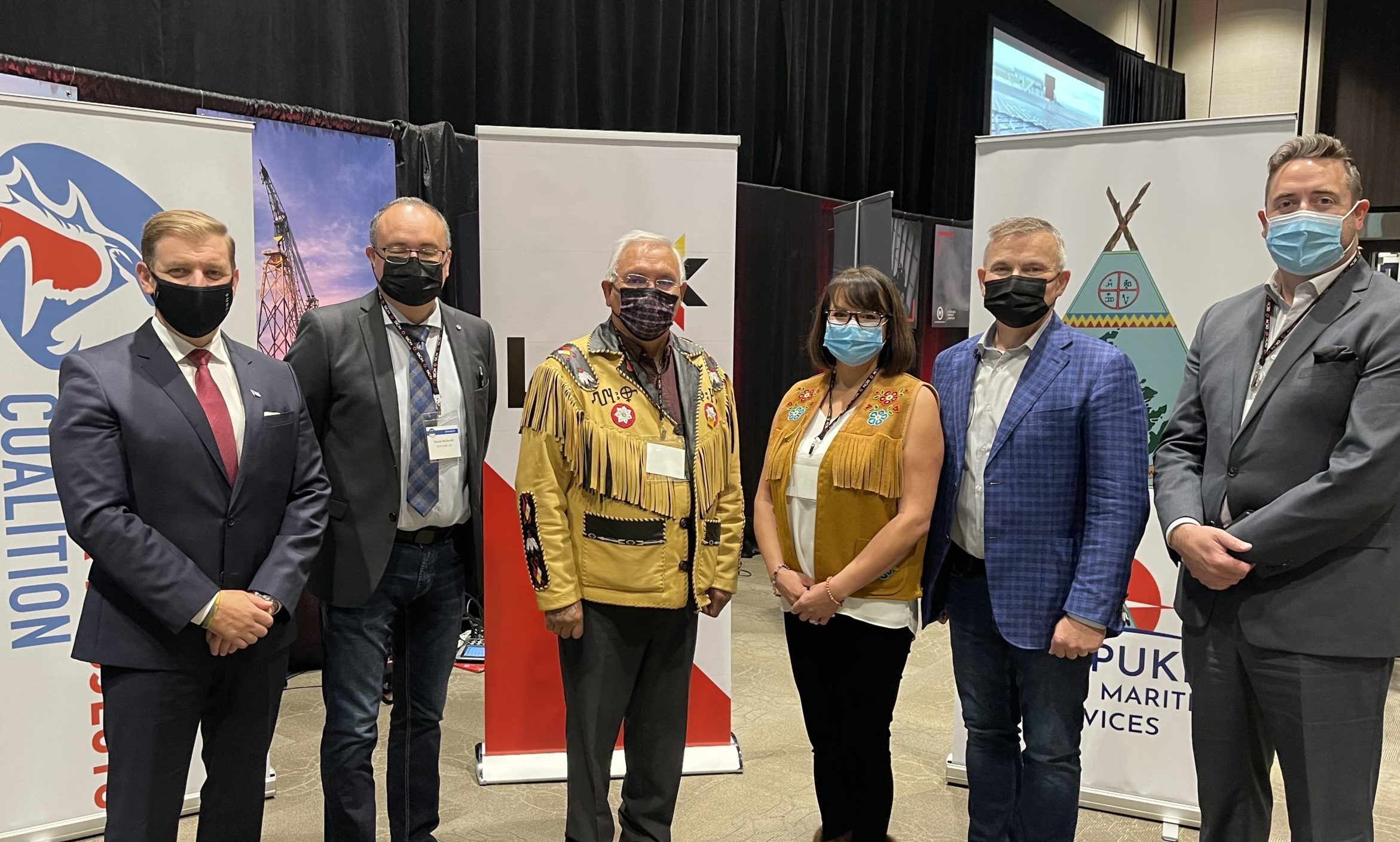
Indigenous communities: Miawpukek First Nation, First Nations Major Projects Coalition
The B.C.-based First Nations Major Projects Coalition and Miawpukek First Nation on Canada’s East Coast are working together on the first-ever Indigenous equity participation in an Atlantic offshore project, called LNG Newfoundland and Labrador.
First LNG shipped to Europe from the $10-billion project is targeted for 2030, meeting growing demand for low-emission natural gas and, potentially, clean hydrogen.
“Our inclusion in this project is historical, transformational, and an example of how the offshore energy industry, Canada, and Newfoundland and Labrador are truly embracing and giving effect to reconciliation,” said Miawpukek First Nation Chief Misel Joe.
KANATA CarbonHub
Indigenous communities: Frog Lake First Nations #121 & #122, Kehewin Cree Nation and in the future other participating Treaty Six First Nations
Leaders representing Treaty Six First Nations in Alberta are proposing an Indigenous-led carbon capture and storage (CCS) hub located on their traditional territory.
The communities are partnered in the proposed project with Kanata Clean Power & Climate Technologies Corp. and Vault 44.01 Ltd.
It is initially proposed by Frog Lake First Nations #121 & #122 and Kehewin Cree Nation, but it is expected their majority ownership stake will be opened to other Treaty Six First Nations as the development progresses.
Share This:





 CDN NEWS |
CDN NEWS |  US NEWS
US NEWS 




































COMMENTARY: Canadians Should Decide What to do With Their Money – Not Politicians and Bureaucrats